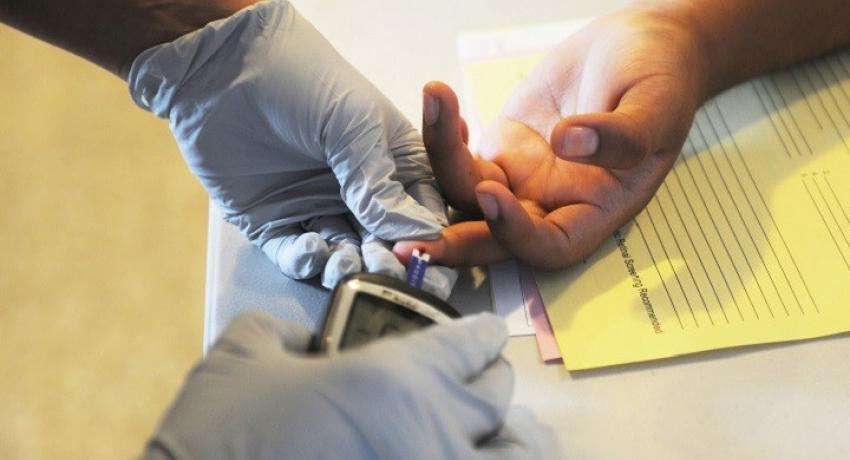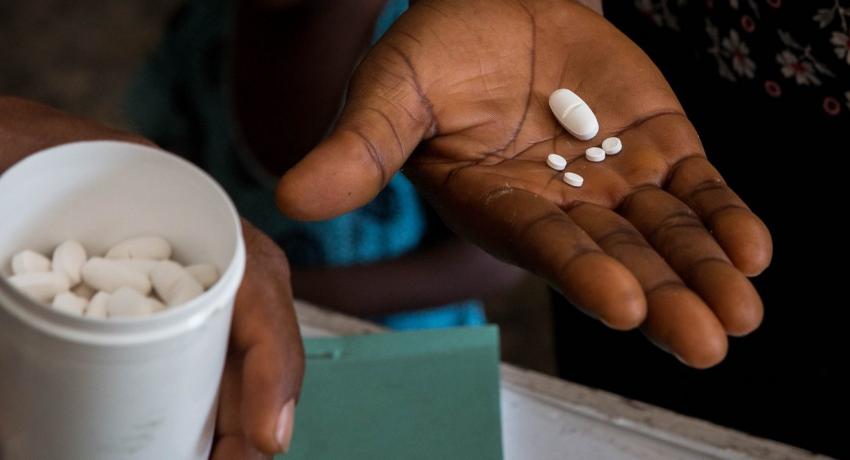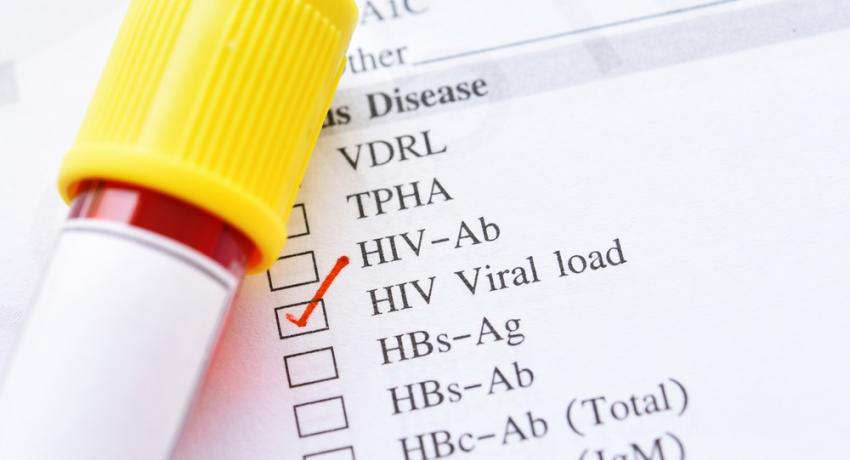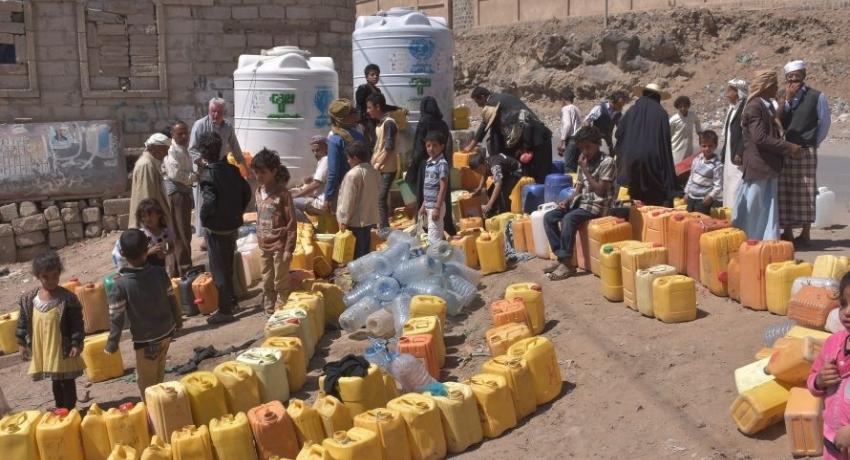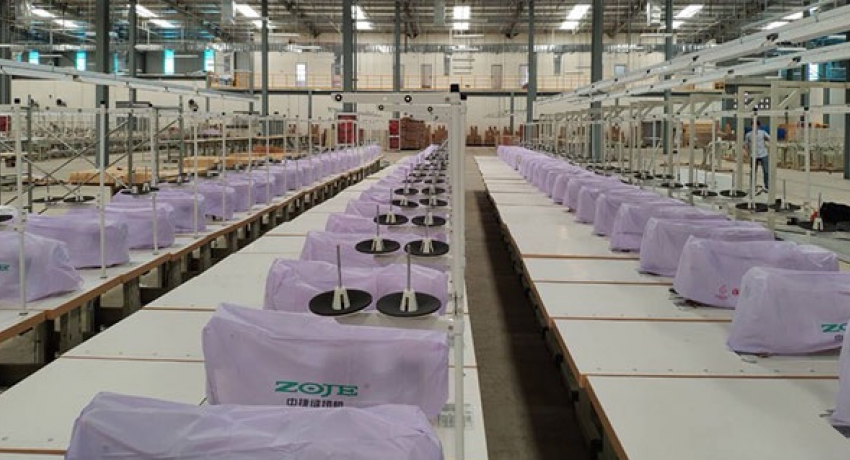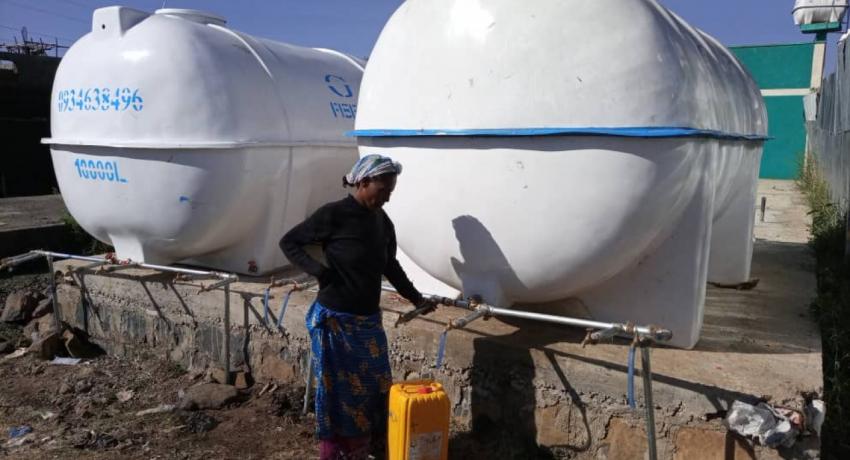Emergency WaSH
Ensure provision of safe water, sanitation and hygiene services in emergencies
- Read more about Emergency WaSH
- 208 views
Climate Change and Health
- Improve resilience of the health system towards climate change.
- Reduce the health system’s contribution for climate change.
Occupational Health and Safety
- Improve occupational health and safety through regular Advocacy, promotion and monitoring
- Develop occupational Health Standards with concerned sectors
Institutional WaSH
- Ensure inclusive water, sanitation and hygiene services in all health facilities
- Strengthen Infection prevention and control interventions in health facilities
- Promote provision of water, sanitation and hygiene services and practices in schools including Menstrual hygiene management
- Promote provision of water, sanitation and hygiene services and practices in other health related Institutions
- Read more about Institutional WaSH
- 186 views
Environmental Pollution
- Reduce indoor air pollution through promotion of safe, smokeless energy source options.
- Promote safe management and disposal of hazardous wastes
- Promote safe handling of chemicals and hazardous heavy metals
Top



